Home>Maintenance & Safety>Child & Elderly Safety at Home>How To Fix Night Vision On A Baby Monitor
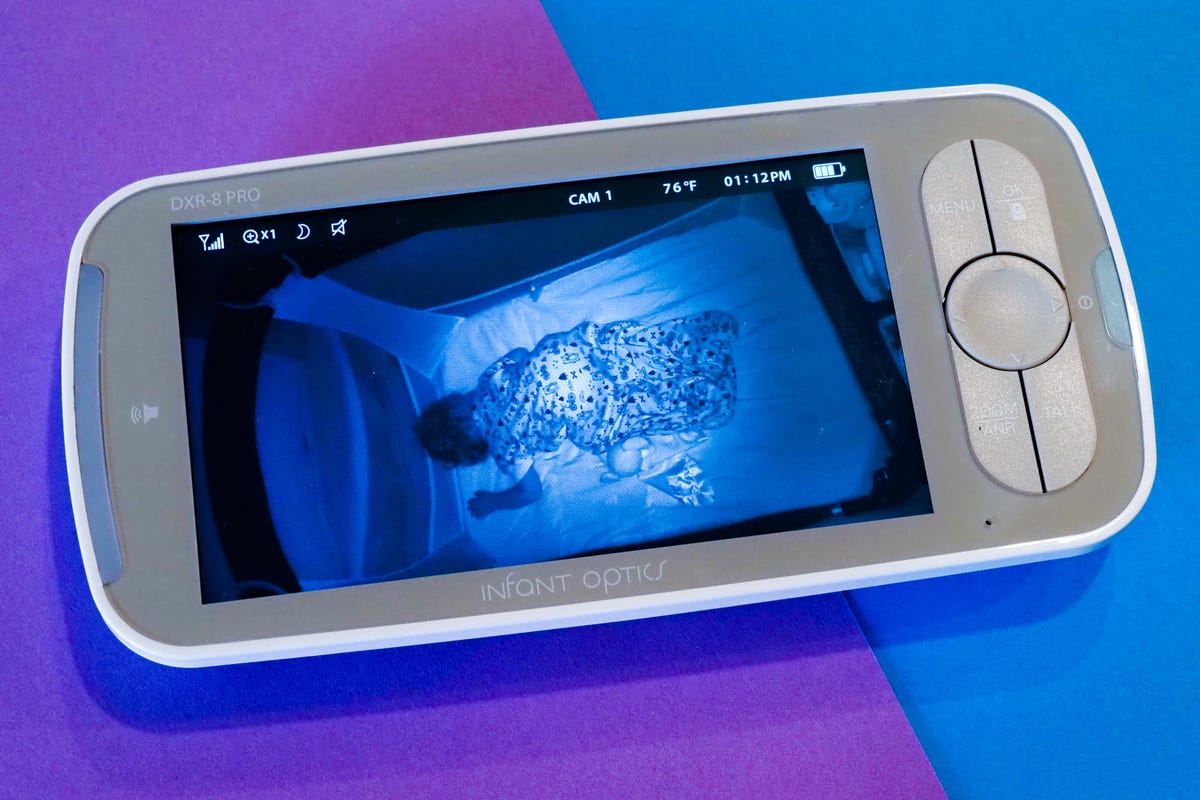

Child & Elderly Safety at Home
How To Fix Night Vision On A Baby Monitor
Modified: January 14, 2024
Learn how to improve the night vision on your baby monitor for enhanced child and elderly safety at home. Find effective solutions and tips to optimize night vision quality.
(Many of the links in this article redirect to a specific reviewed product. Your purchase of these products through affiliate links helps to generate commission for Storables.com, at no extra cost. Learn more)
Introduction
Read more: How To Fix A Night Vision Camera
Understanding the Importance of Night Vision on Baby Monitors
Welcoming a new addition to the family is a joyous occasion, but it also comes with the responsibility of ensuring the little one's safety, especially during the night. Baby monitors equipped with night vision capabilities have become an indispensable tool for modern parents, offering peace of mind and allowing them to keep a watchful eye on their precious bundle of joy. However, issues with night vision can be a cause of concern, potentially compromising the monitor's effectiveness. In this comprehensive guide, we will delve into the intricacies of night vision on baby monitors, common issues that may arise, and practical tips for optimizing night vision performance. Whether you are a new parent navigating the world of baby gear or an experienced caregiver seeking solutions to enhance night vision, this article will equip you with the knowledge to address and troubleshoot night vision problems effectively. Let's embark on this enlightening journey to ensure that your baby monitor provides clear and reliable night vision, offering uninterrupted surveillance and a sense of security throughout the night.
Key Takeaways:
- Ensure clear night vision on baby monitors by cleaning the lens, positioning the camera strategically, and minimizing external light sources for uninterrupted surveillance and peace of mind.
- Troubleshoot night vision issues by inspecting the camera lens, checking LED functionality, adjusting camera positioning, and updating firmware to maintain a reliable view of your baby’s sleeping environment.
Understanding Night Vision on Baby Monitors
Before delving into the intricacies of troubleshooting night vision issues, it is essential to grasp the fundamentals of night vision technology in baby monitors. Night vision is a vital feature that enables caregivers to monitor infants and young children during low-light conditions or at night, without the need for additional lighting in the nursery. This functionality is typically facilitated by infrared (IR) LEDs built into the baby monitor’s camera, which emit invisible infrared light to capture clear images even in darkness.
Most baby monitors utilize infrared technology to provide black-and-white images in night vision mode, as the human eye is more sensitive to black and white in low-light conditions. The infrared light emitted by the monitor’s camera is then translated into visible images on the monitor’s display, offering caregivers a comprehensive view of the baby’s sleeping environment. Understanding the mechanics of night vision on baby monitors is crucial for identifying and addressing potential issues that may arise, ensuring that caregivers can rely on the monitor’s night vision capabilities to maintain a watchful eye on their little ones, day and night.
Common Issues with Night Vision
While night vision on baby monitors is designed to provide caregivers with a clear view of their baby’s activities in low-light conditions, several common issues may compromise its effectiveness. Understanding these potential challenges is the first step toward troubleshooting and resolving night vision problems effectively. Here are some prevalent issues that caregivers may encounter:
-
Blurry or Fuzzy Images: In some instances, the night vision mode may produce blurry or fuzzy images, hindering the clarity of the displayed footage. This can be attributed to various factors, such as a dirty camera lens, improper camera positioning, or technical malfunctions within the monitor’s night vision system.
-
Uneven Illumination: Uneven distribution of infrared light can result in areas of the footage appearing overly bright or excessively dark, obscuring the details of the baby’s surroundings. This issue may stem from the positioning of the monitor’s camera or the quality of the infrared LEDs.
-
Interference and Disturbances: External sources of infrared light, such as sunlight or other infrared devices, can interfere with the monitor’s night vision functionality, leading to distorted or disrupted images. Additionally, electronic interference from nearby devices or Wi-Fi networks may impact the monitor’s night vision performance.
-
Limited Range: Some baby monitors may exhibit reduced night vision capabilities beyond a certain range, causing the footage to appear unclear or entirely black at greater distances. This limitation can be attributed to the power and range of the monitor’s infrared LEDs.
-
Color Distortion: While most baby monitors switch to black-and-white night vision mode, some models may experience color distortion or inaccurate color representation in low-light conditions, affecting the fidelity of the displayed images.
Addressing these common issues requires a systematic approach, encompassing proper maintenance, strategic positioning of the baby monitor, and troubleshooting potential technical malfunctions. By familiarizing oneself with these challenges, caregivers can take proactive measures to optimize the night vision performance of their baby monitors, ensuring continuous and reliable surveillance of their little ones, day and night.
Tips for Improving Night Vision
Optimizing the night vision capabilities of a baby monitor is essential for maintaining a clear and reliable view of the infant’s sleeping environment, especially during low-light conditions. By implementing the following tips, caregivers can enhance the performance of their baby monitor’s night vision, ensuring that they can monitor their little ones with confidence and clarity:
-
Regular Cleaning and Maintenance: Keeping the camera lens and infrared LEDs clean is crucial for ensuring sharp and clear night vision footage. Regularly wipe the camera lens with a soft, lint-free cloth and gently clean the infrared LEDs to remove any dust or debris that may obscure the images.
-
Optimal Camera Positioning: Position the baby monitor’s camera strategically to achieve an unobstructed view of the crib or sleeping area. Ensure that the camera is angled appropriately to capture the entire space without any physical obstructions, such as crib bars or furniture.
-
Minimize External Light Sources: Dimming the ambient light in the nursery can improve the effectiveness of the monitor’s night vision. Close curtains or blinds to reduce external light sources that may interfere with the infrared illumination, enhancing the clarity of the captured images.
-
Manage Infrared LED Intensity: Some baby monitors offer adjustable settings for the intensity of the infrared LEDs. Experiment with different intensity levels to find the optimal balance that provides clear visibility without causing overexposure or uneven illumination in the footage.
-
Opt for Quality Infrared Baby Monitors: When selecting a baby monitor, prioritize models with high-quality infrared night vision capabilities. Research and choose a monitor known for its reliable night vision performance, as superior infrared technology can significantly impact the clarity and detail of the captured images.
-
Regular Firmware Updates: If your baby monitor is equipped with firmware that can be updated, ensure that it is regularly updated to the latest version. Manufacturers often release firmware updates to address performance issues and enhance the functionality of the monitor’s night vision system.
By implementing these practical tips, caregivers can proactively enhance the night vision performance of their baby monitors, ensuring that they can monitor their little ones with clarity and precision, even in low-light conditions. These measures empower caregivers to create an optimal surveillance environment, fostering a sense of security and peace of mind as they monitor their baby’s well-being throughout the night.
Check for any obstructions or dirt on the night vision lens. Make sure the room is not too bright, as this can affect the night vision. If the issue persists, contact the manufacturer for troubleshooting or repair options.
Read more: How To Use A Baby Monitor
Troubleshooting Night Vision Problems
Resolving night vision issues on a baby monitor requires a systematic approach to identify and address potential causes of the problem. By following these troubleshooting steps, caregivers can effectively diagnose and resolve common night vision problems, ensuring that their baby monitor delivers clear and reliable footage, even in low-light conditions:
-
Inspect and Clean the Camera Lens: Begin by inspecting the camera lens for any smudges, fingerprints, or dirt that may obstruct the clarity of the images. Use a soft, lint-free cloth to gently clean the lens, ensuring that it is free from any obstructions that could impact the quality of the night vision footage.
-
Check Infrared LED Functionality: Activate the night vision mode and visually inspect the infrared LEDs on the camera. Ensure that all the LEDs are functioning correctly, emitting a faint red glow in the dark. If any LEDs appear dim or non-functional, it may indicate a hardware issue that requires attention.
-
Adjust Camera Positioning: Evaluate the positioning of the camera to ensure that it provides an unobstructed view of the crib or sleeping area. Reposition the camera if necessary, ensuring that it captures the entire space without any physical barriers that could impede the night vision footage.
-
Minimize External Interference: Identify and minimize sources of external interference that may affect the monitor’s night vision performance. This includes adjusting the placement of other infrared devices, such as air purifiers or security cameras, and reducing exposure to direct sunlight or artificial light sources in the nursery.
-
Update Firmware and Software: Check for available firmware updates for the baby monitor and ensure that the device’s software is up to date. Manufacturers often release updates to address performance issues and optimize the functionality of the night vision system.
-
Test Different Camera Settings: If the monitor offers adjustable settings for night vision, such as infrared intensity or sensitivity, experiment with different configurations to determine the optimal settings that deliver clear and balanced night vision footage.
By systematically troubleshooting night vision problems using these guidelines, caregivers can identify and address the underlying causes of issues with their baby monitor’s night vision capabilities. This proactive approach empowers caregivers to maintain a reliable and clear view of their baby’s sleeping environment, promoting a heightened sense of security and vigilance throughout the night.
Conclusion
As caregivers strive to create a safe and nurturing environment for their infants and young children, the reliability and effectiveness of baby monitors with night vision capabilities play a pivotal role in ensuring constant vigilance, especially during low-light conditions and throughout the night. By understanding the fundamentals of night vision technology, recognizing common issues, and implementing practical tips and troubleshooting strategies, caregivers can proactively optimize the night vision performance of their baby monitors, fostering a sense of reassurance and security.
From addressing blurry images and uneven illumination to managing external interference and maximizing infrared LED functionality, caregivers are equipped with the knowledge and resources to overcome night vision challenges effectively. By embracing regular maintenance practices, strategic positioning of the monitor’s camera, and the selection of high-quality baby monitors with superior night vision technology, caregivers can elevate the surveillance experience, ensuring a clear and comprehensive view of their little ones’ sleeping environment.
Ultimately, the ability to troubleshoot and enhance night vision on baby monitors empowers caregivers to maintain unwavering vigilance, offering a seamless and reliable means of monitoring their baby’s well-being throughout the night. By leveraging these insights and strategies, caregivers can navigate the realm of night vision technology with confidence, knowing that they can rely on their baby monitor to provide clear and uninterrupted surveillance, facilitating a restful night’s sleep for both the baby and the caregivers.
As technology continues to advance, and manufacturers innovate to enhance the capabilities of baby monitors, caregivers can look forward to even more sophisticated and reliable night vision solutions, further elevating the standard of safety and surveillance in the realm of childcare. With a commitment to staying informed and proactive in optimizing night vision performance, caregivers can embrace the peace of mind that comes with unwavering vigilance and a clear view of their baby’s sleeping environment, night after night.
Frequently Asked Questions about How To Fix Night Vision On A Baby Monitor
Was this page helpful?
At Storables.com, we guarantee accurate and reliable information. Our content, validated by Expert Board Contributors, is crafted following stringent Editorial Policies. We're committed to providing you with well-researched, expert-backed insights for all your informational needs.
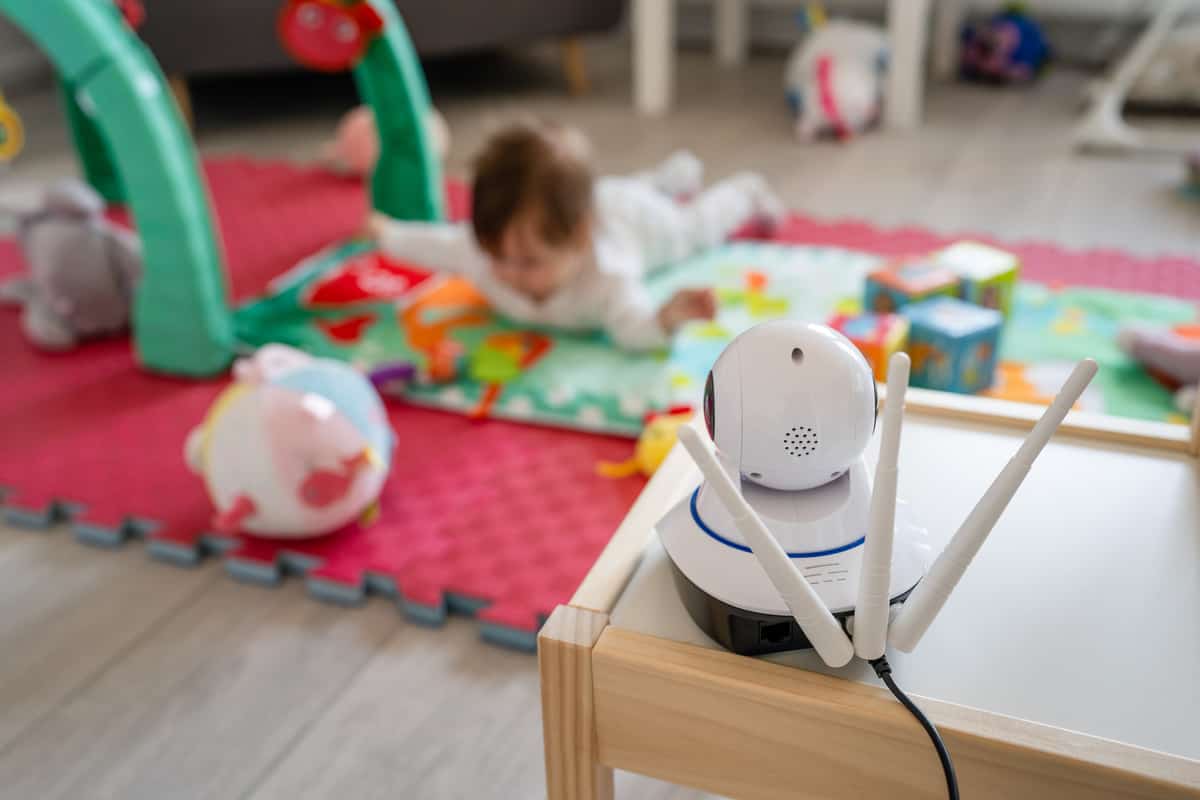
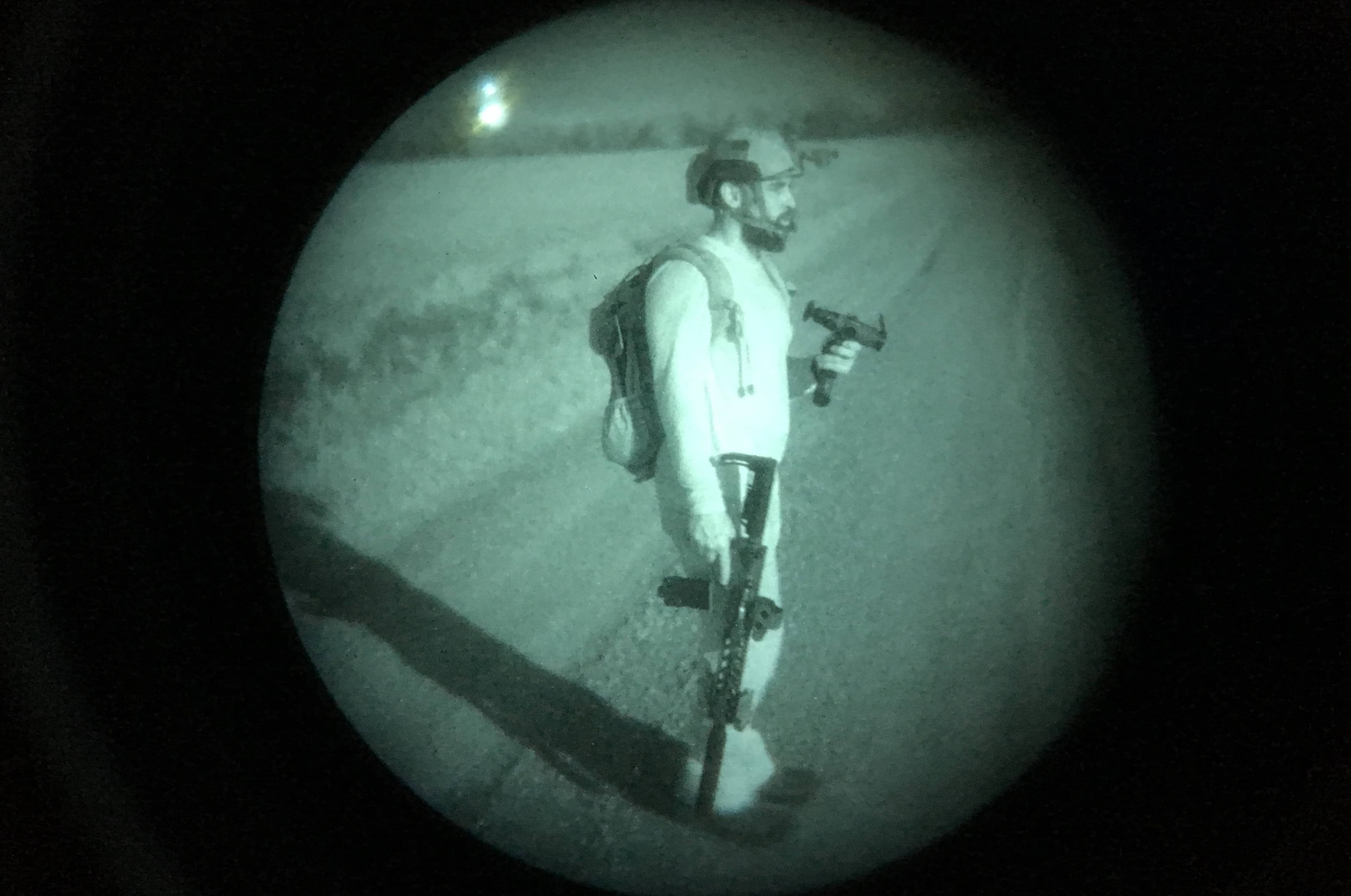
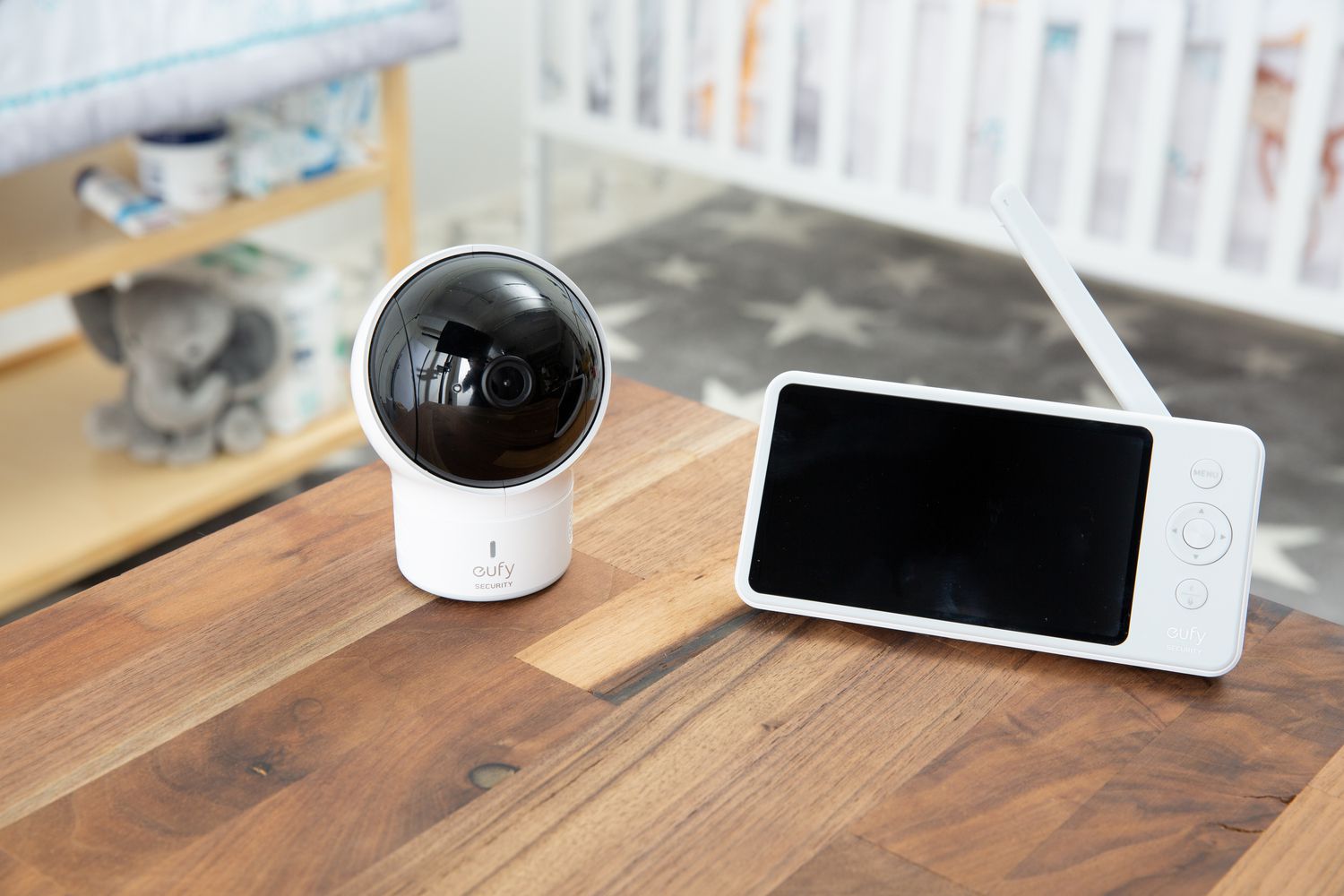
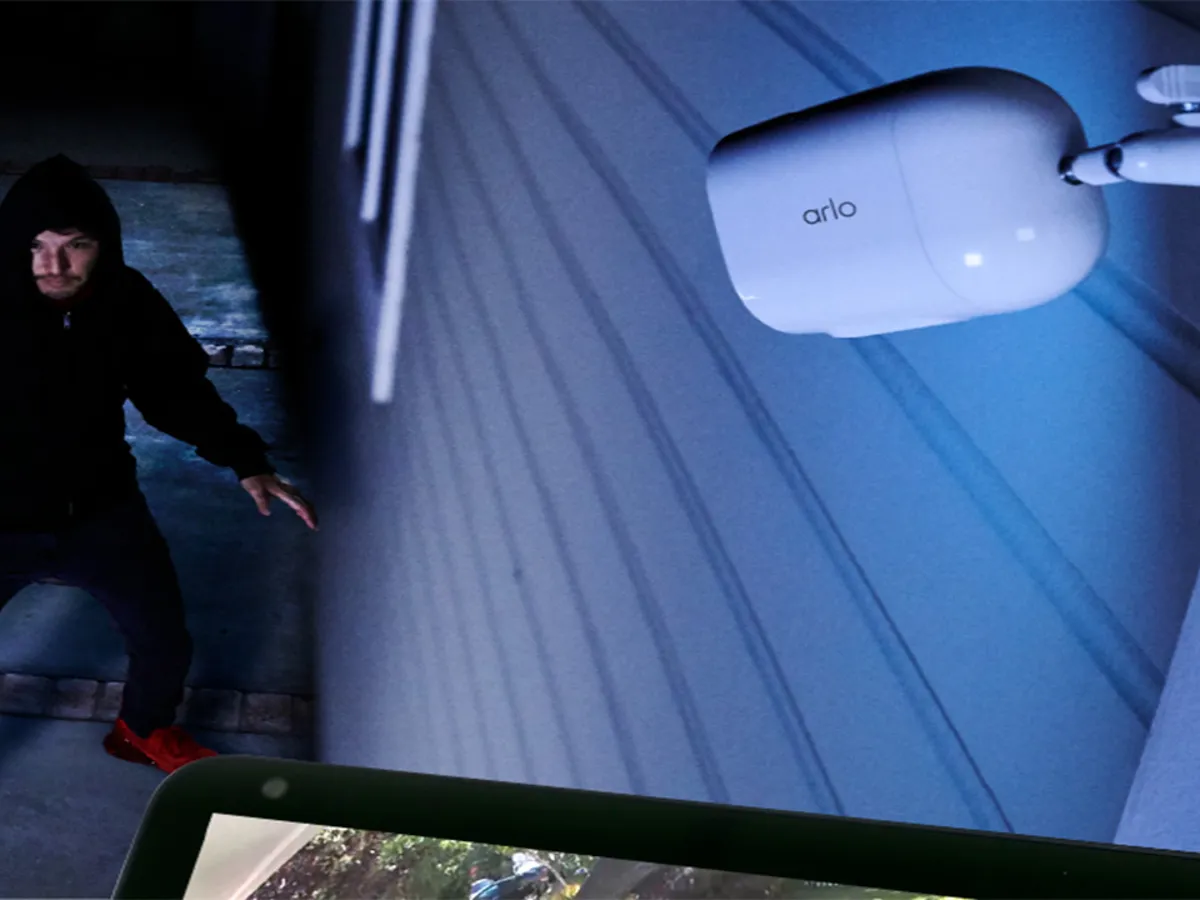
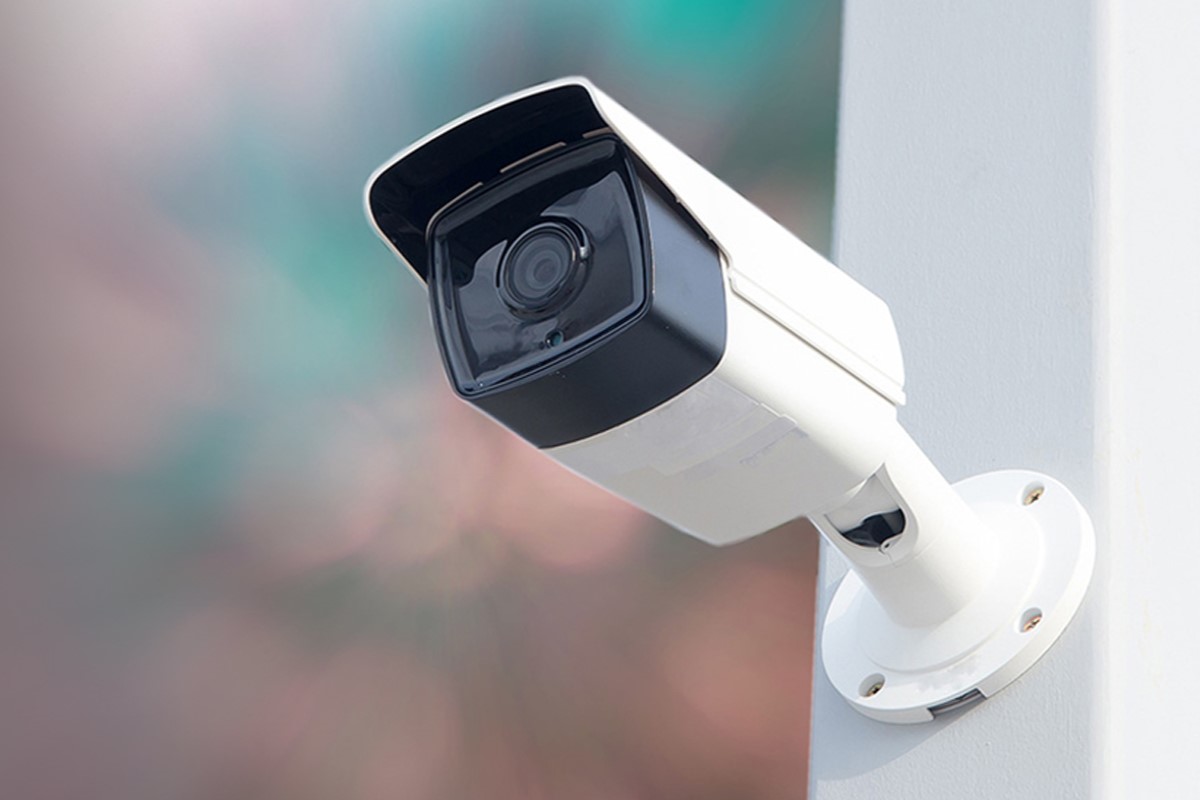
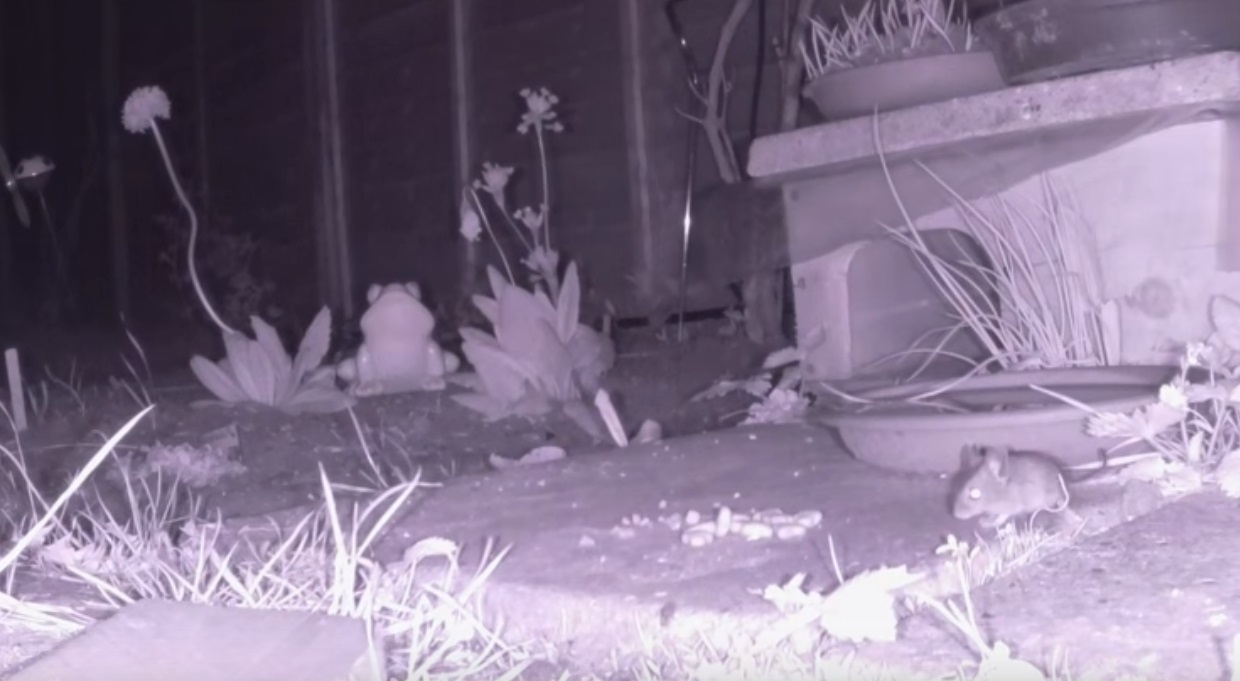
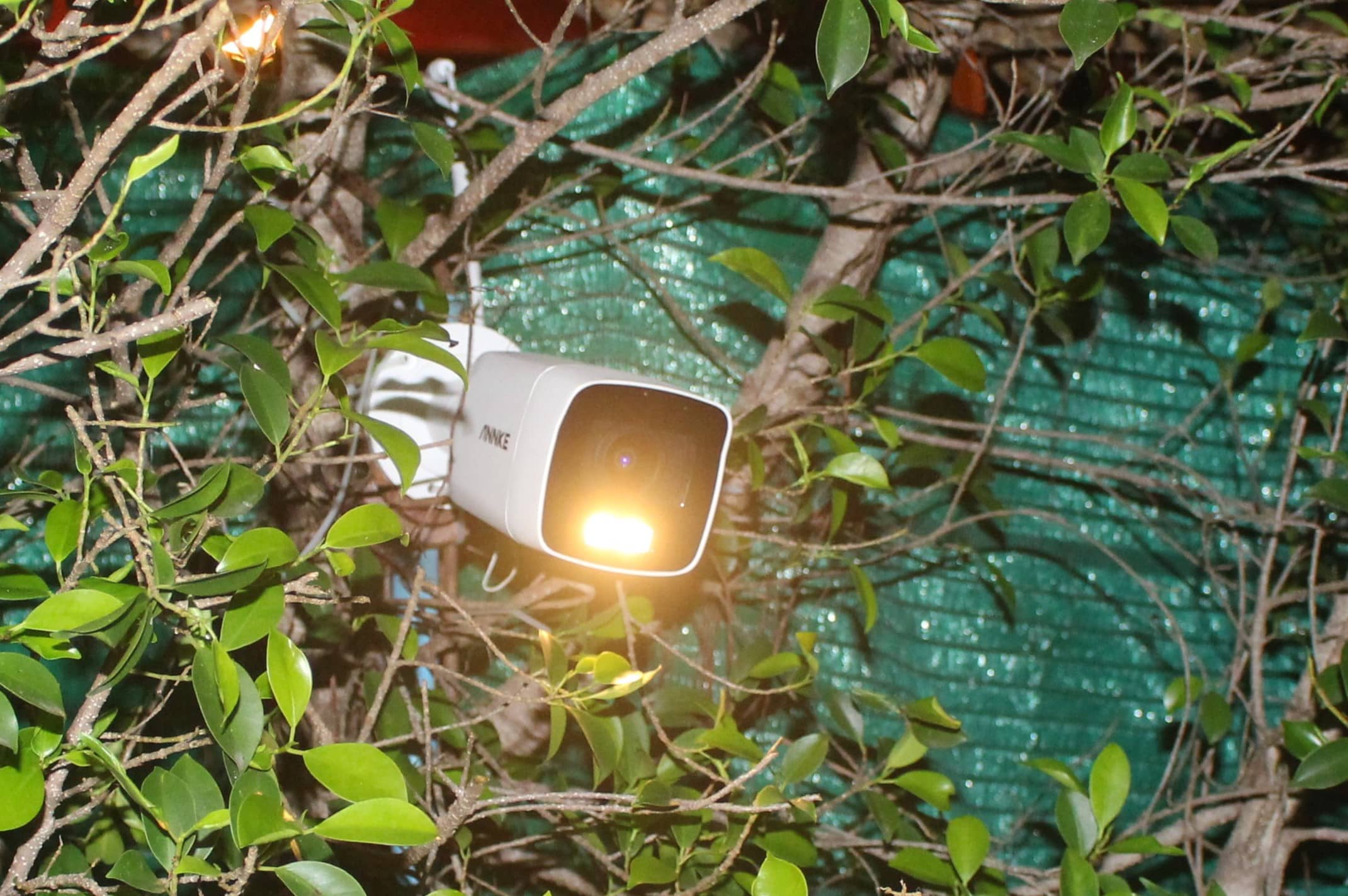

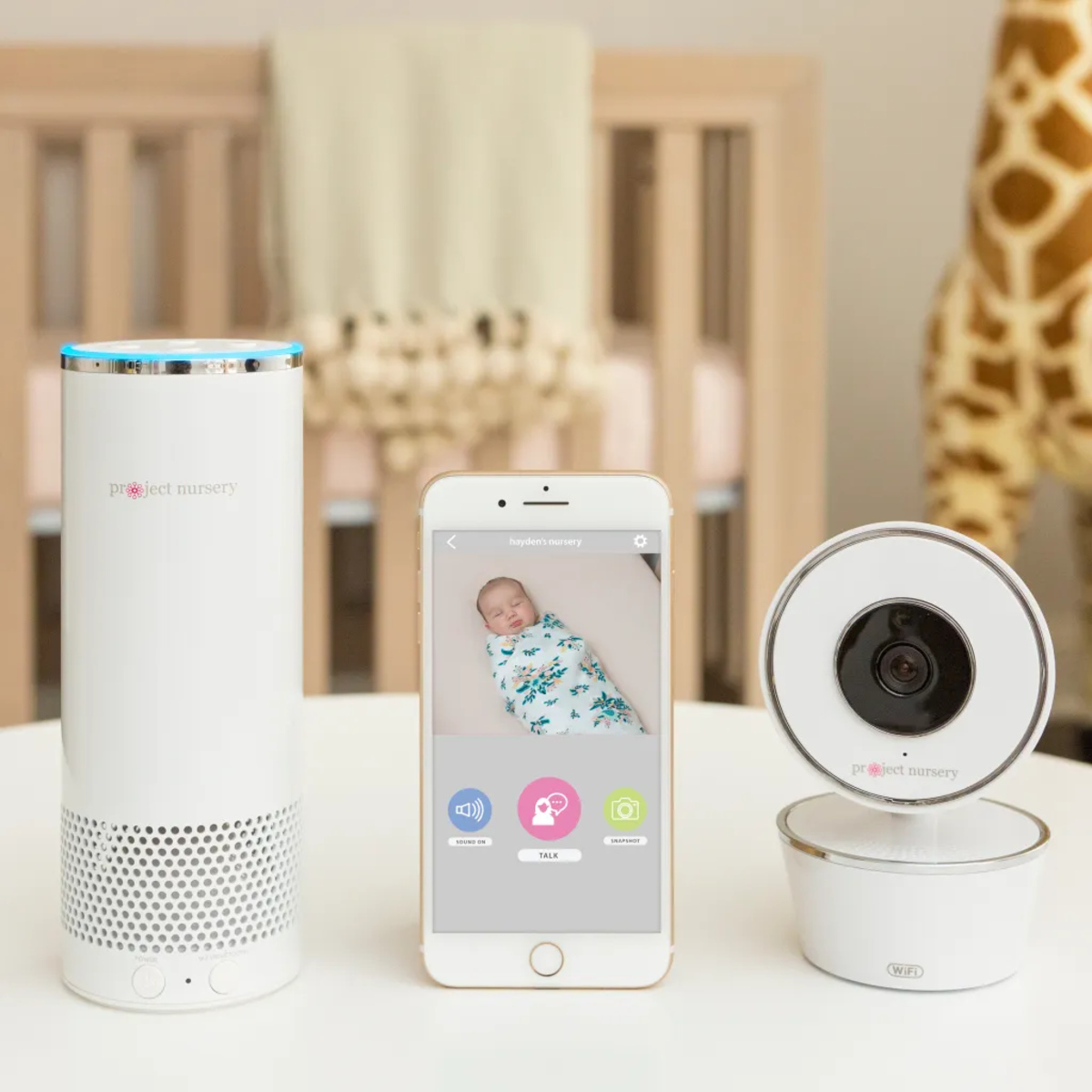
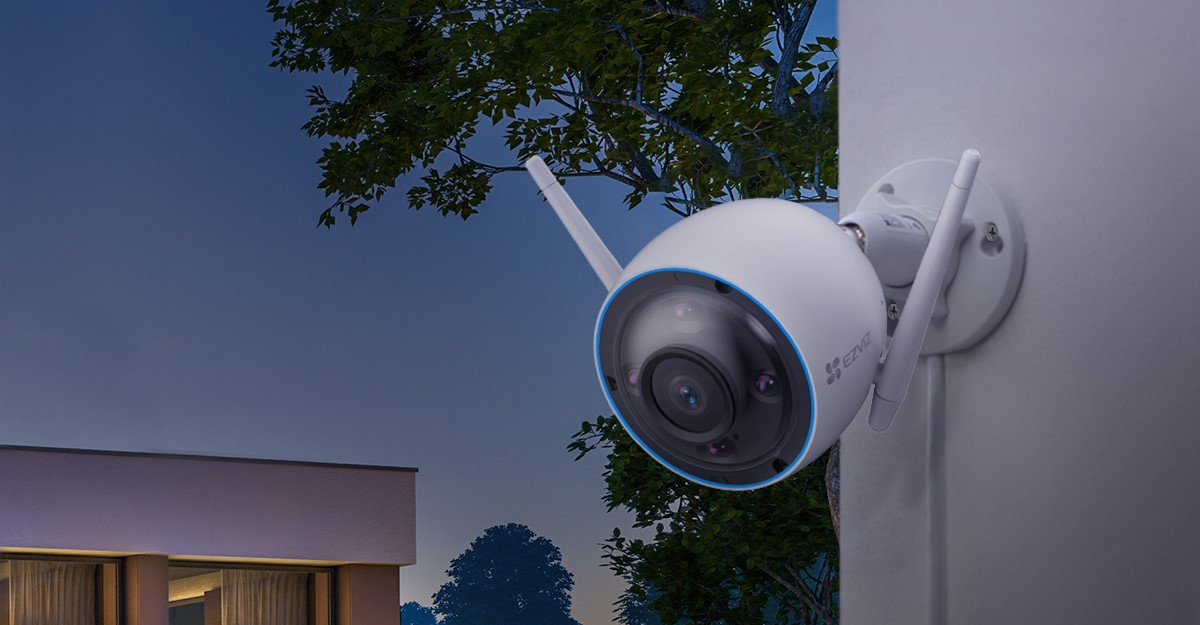
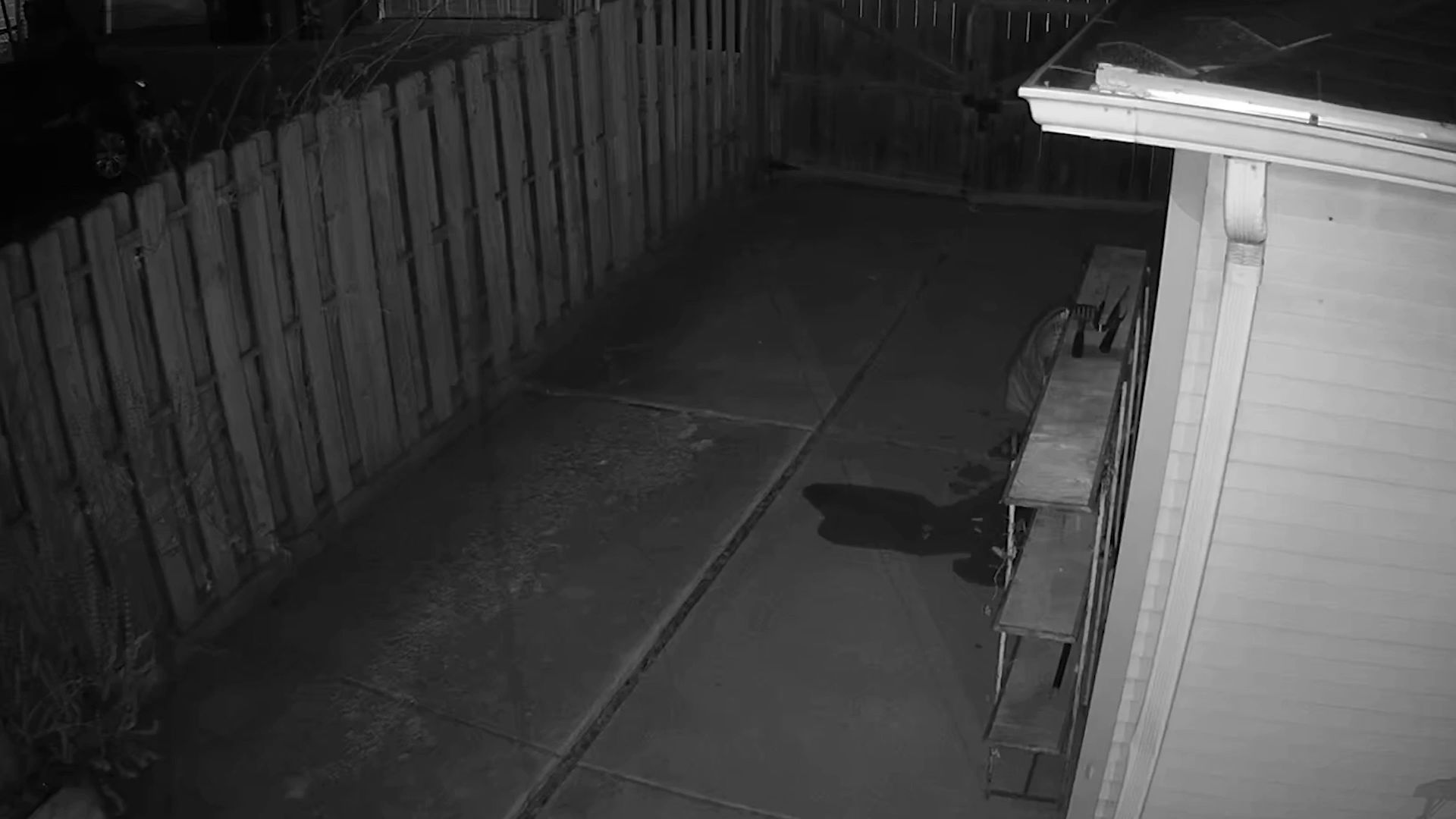
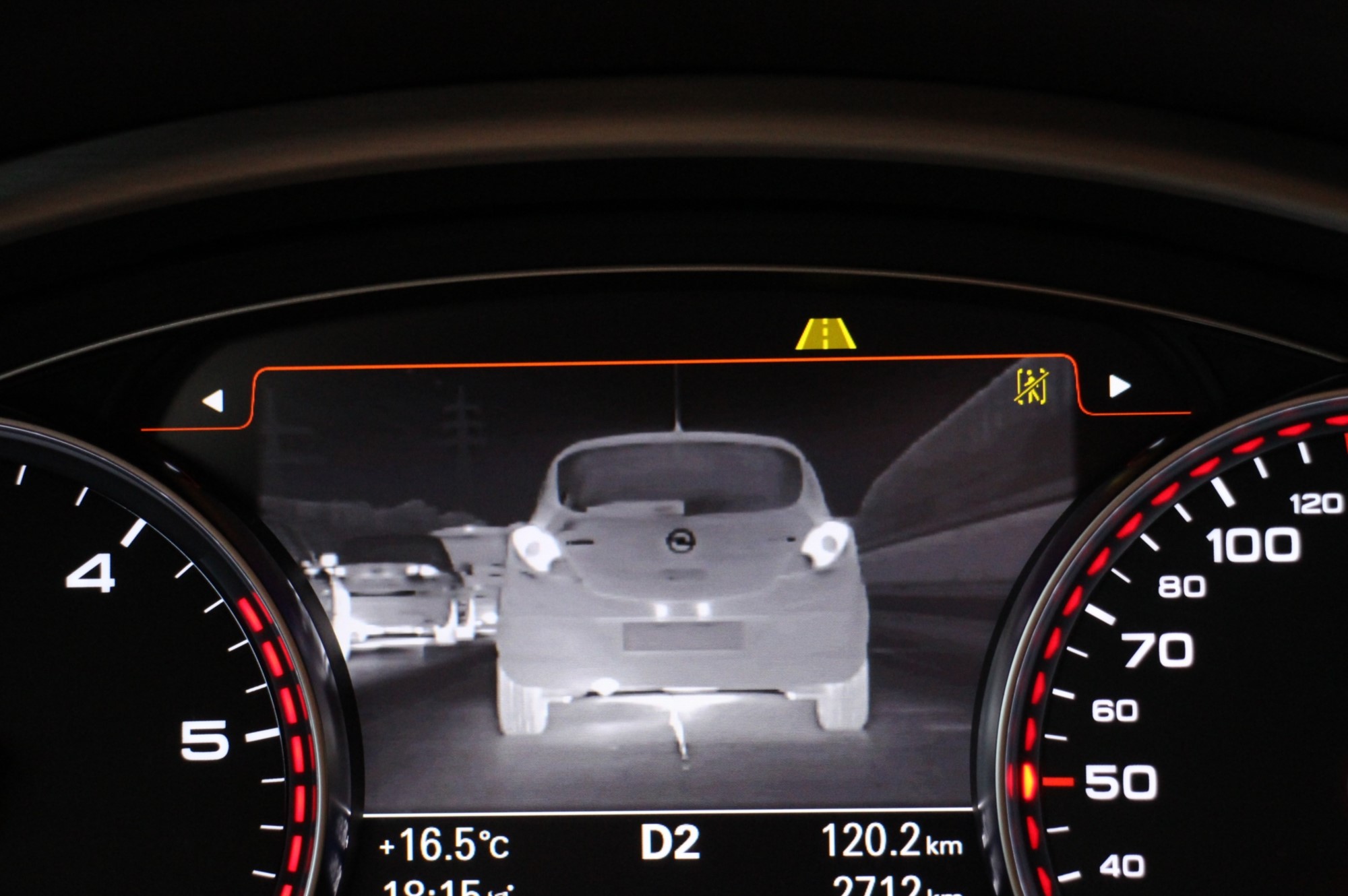
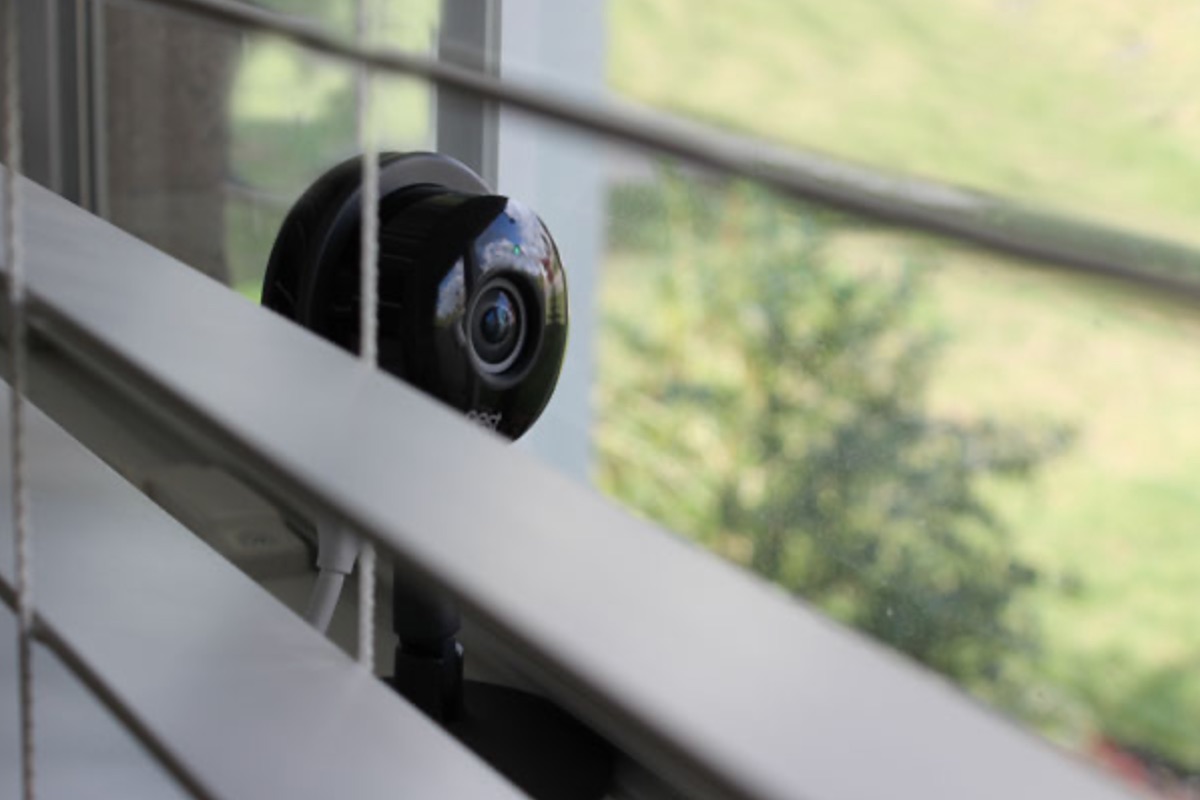
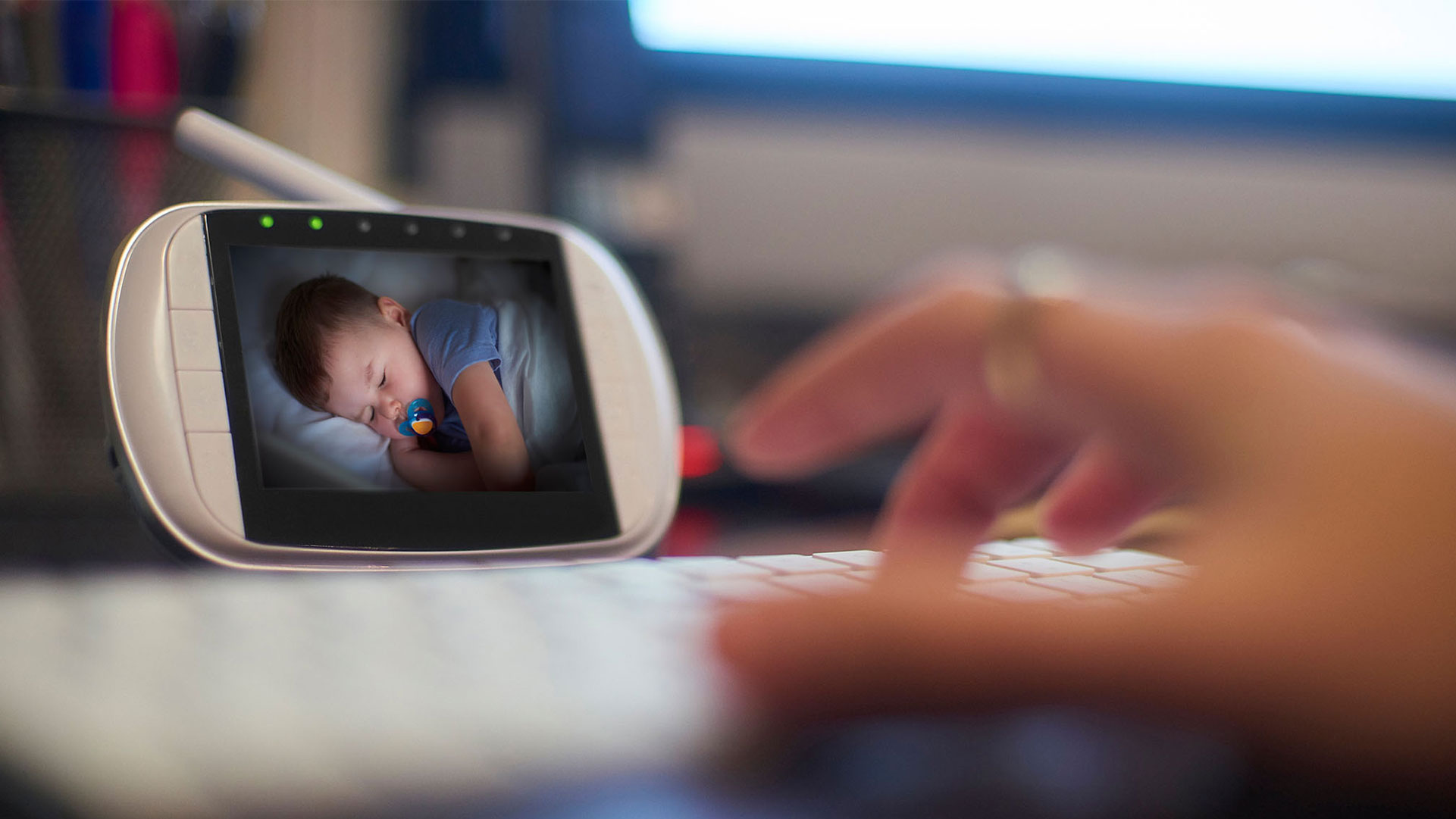

0 thoughts on “How To Fix Night Vision On A Baby Monitor”